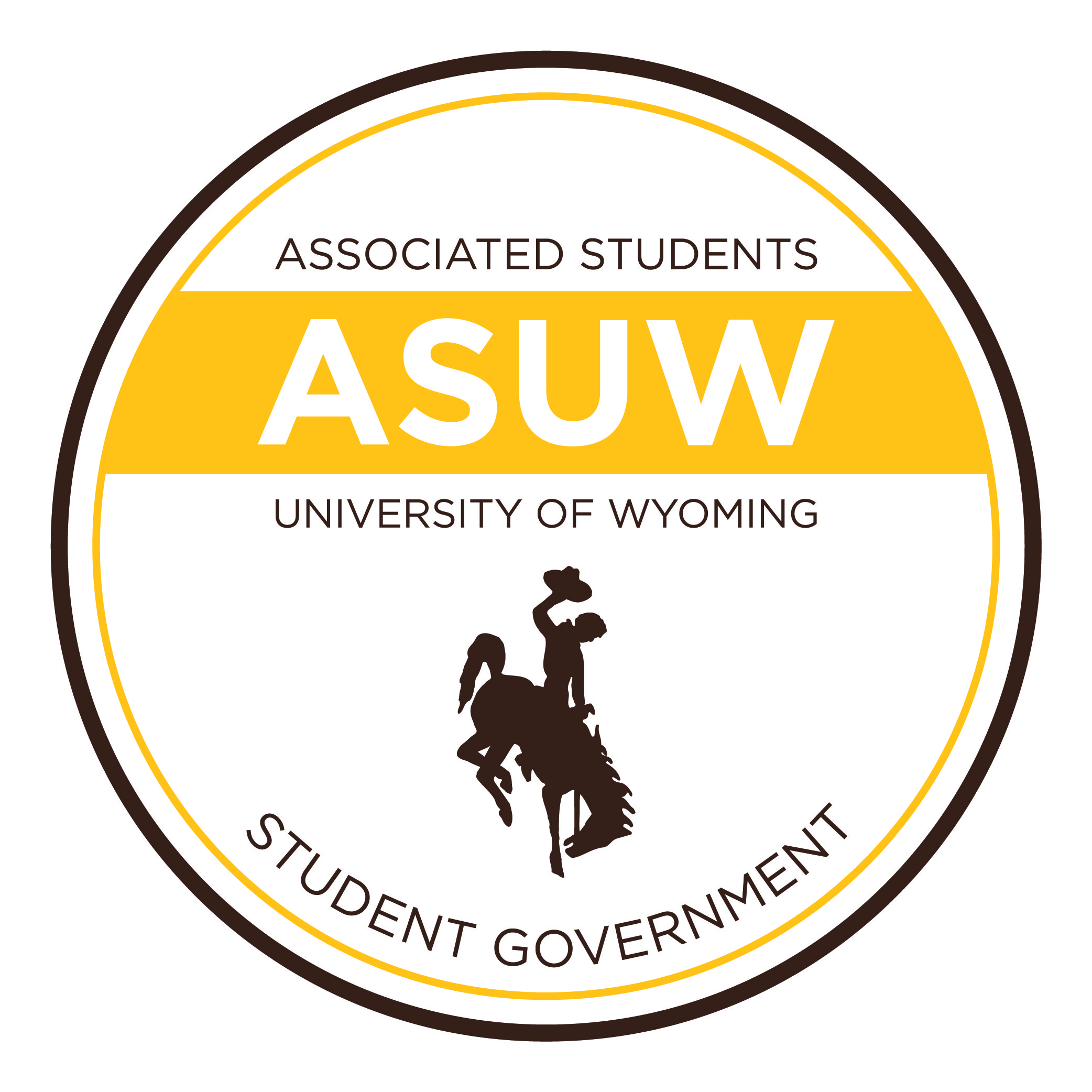The African American Studies Black West class exhibited a symposium in the Union West Ballroom yesterday.

“Challenging Invisibility: Stories of Black Life in the American West,” allowed students of the class to display their final projects to the general public. Among the projects were exhibit boards, various paintings and a documentary.
Darrenn White, UW football player, said, “I think it’s [the symposium] nice; it gives every student a perspective of things they don’t get to see every day.”
Dr. Kerry Pimblott, assistant professor of African American studies, designed the symposium projects to take place of a regular final exam.
“The students have great flexibility on the medium they choose to display their findings, but each student is expected to perform original research on a black westerner from some point in history and to make their findings available to the general public,” Pimblott said. “It is my hope that by making the project’s method broad in scope, students from across different disciplines will bring their own fresh approach to the question of the black experience in the West.”
Canaan Hurst, a student in the class, said, “A final project is much better than a final exam, seeing as how I [and my peers] have much more creative freedom in the framing, producing and exportation of any given assignment.”
Micah Trampe, an artist of one of the paintings, focused his project on Bass Reeves, who was among the first African Americans to serve as a U.S. Deputy Marshall. Reeves is widely believed to have been the inspiration for the fictional character the Lone Ranger.
“Being an Art Major, I decided to do a painting,” Trampe said. “I wanted to put him into the Lone Ranger’s persona; I used the colors to make it look more like a comic book.”
Emily Thiel, a student who based her project around the University of Wyoming’s Black 14, chose her topic because she believes it is an important part of not only UW history, but also the state’s.
“I think the symposium is important because in Wyoming history, black history has basically become invisible,” Thiel said. “The Black 14 are proof that there were activists in Wyoming during the Civil Rights period. Things like this help to bring awareness to the presence black people in Wyoming’s history.”
The documentary was produced by Canaan Hurst, Kylea Spiker-Kugler and Natawsha Mitchell. It featured many black UW students and their experiences on campus.
Hurst said he learned more about his role as an ally of social justice by making the documentary.
“I have been taught that my role is to get out of the way,” Hurst said. “Giving an avenue for people of color to speak for themselves (and) bringing the marginalized back to conscious and relational interaction.”
Jeslyn Mauriello, a UW student, said she enjoyed the symposium and especially the documentary.
“It’s totally beautiful – I love everything that they are doing,” Mauriello said. “It’s eye opening and everyone needs to see it.”
Pimblott said this was the first time she has exhibited an event like this and she is hoping to display future students’ work in a similar symposium fashion.
“These students set an incredibly high bar for their peers,” Pimblott said. “I only hope that future classes bring as much creativity and passion to the project.”


